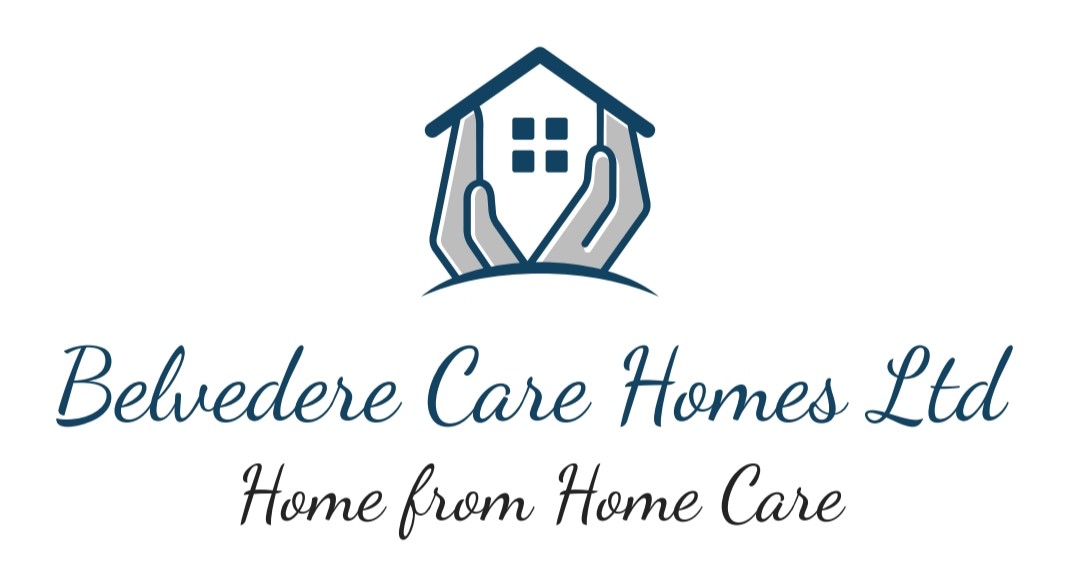Title Page
-
Site conducted
-
Conducted on
-
Prepared by
-
Location
MM1 - Medication Treatment Room
-
<br>MM1-1<br>Was the treatment room observed to be locked when not in use?
-
<br>MM1-2<br>Are the keys for the treatment room kept separate from other keys and kept in person by the Manager or Senior staff member?
-
<br>MM1-3<br>Are the Controlled Drugs keys always carried by the Manager/Shift Lead leading on medication that shift?
-
<br>MM1-4<br>Are all cupboards containing medication locked?
-
MM1-7<br>Are all cupboards used for the exclusive storage of medicines?
-
MM1-8<br>Are Pharmacy Contact Details on display in the treatment room?
-
MM1-9<br>Do all residents have a dated photograph (no more than 12 months old) on their individual medication container within the medication trolley?
-
MM1-10<br>Are medication storage areas (e.g. medication trolley, individual medication cupboards) clean and well-organised?
-
MM1-13<br>Are all medication trolleys secured to the wall when not in use?
-
MM1-14<br>Is all medication held securely in the original container? (e.g. no loose strips of medication)
-
MM1-15<br>Are internal medications kept separately from external medications?
-
MM2-1<br>Is the treatment room and medication fridge(s) temperature taken and recorded daily? (e.g. no missing entries)
-
MM2-2<br>The temperature of the treatment room should be below 25oC. Is each temperature recorded for the last month below this?
-
MM2-3<br>If you answered 'no' to the previous question, is there evidence that any temperatures above 25oC were escalated and appropriate action was taken?
-
<br>MM2-4<br>The temperature of the medication fridge must be between 2oC - 8oC. Is each temperature recorded for the last month within this range?
-
MM2-5<br>If you answered 'no' to the previous questions, is there evidence that any temperatures outside of the desired range were escalated and appropriate actions was taken?
-
MM3-1<br>Is there a dedicated medicines refrigerator in place? (e.g. no items other than medication are kept in the medication fridge)
-
MM3-2<br>Is the medication fridge kept locked?
-
MM3-3<br>Is the medication fridge clean?
-
MM3-4<br>Is there evidence of monthly defrosting of medication fridge?
-
MM3-5<br>Does each medication within the fridge have a valid expiry date?
-
MM3-6<br>If you answered no, has the out-of-date medication now been disposed of appropriately and replacement medication ordered (if required)?
MM2 - Stock rotation, ordering, receiving, disposal and discontinuation
-
MM2.1-1<br>Are stock rotation procedures followed, especially for PRN (as required) medication, homely remedies and any non-blistered items? (Check a sample of expiry dates for four stock medications)
-
MM2.1-2<br>Is there an appropriate amount of stock of each medication checked? (There should be no more than 6 weeks worth of a medication in stock)
-
MM2.1-3<br>Check topical and liquid medications. Does the quantity remaining look consistent with administration records?
-
MM2.2-1<br>Does the home / unit keep evidence of monthly re-ordering of medication? (e.g. photocopies of prescriptions, e-MAR order report)
-
<br>MM2.2-2<br>Is there evidence that two appropriately skilled and qualified staff checked in the monthly medication order? (e.g. paper-based MAR has two signatures, eMAR report is printed off and signed by two members of staff who completed)
-
MM2.2-3<br>For paper MAR charts, has the carry-forward from the previous month been completed for each medication? (This must still be completed even if it 0)
-
MM2.3-1<br>Is the medication returns / disposal book (and where necessary the Controlled Drugs Book) up to date, contain all required information (including reason for return) and include all medication which has been returned?
-
MM2.3-3<br>Are medications which are no longer required disposed of regularly? (e.g. there is not a large amount of medication awaiting disposal)
-
MM2.3-4<br>Does the home have a container for the disposal of medication which is stored in a securely locked cupboard?
-
MM2.3-5<br>Is there evidence that all medications are retained by the home for a 7-day period following the death of a resident?
-
<br>MM2.4-1<br>Has any discontinued been recorded properly on the paper-based MAR or discontinued on the eMAR system?
-
MM2.4-2<br>Check the relevant resident's tray on the medication trolley. Has all discontinued medication been removed and put into the returns box?
MM3 - Individual Resident Medication Profiles
-
MM4.1-1<br>Does the home have enough stock of all homely remedies?
-
MM3-2<br>Does each profile contain the residents full name (and this is consistent across all documentation), date of birth, any known drug allergies and a photo of the resident (photo dated and date within last 12 months)?
-
MM3-3<br>Does the profile give person-centred details for each resident as to how they would like to take their medication?
MM4 - Homely Remedies
-
MM4.1-1<br>Does the home have enough stock of all homely remedies?
-
MM4.1-2<br>Does each resident who may receive homely remedies have a Homely Remedies Authorisation Form completed with relevant information (refer to procedure) and signed by their GP and attached to health and medication support plan?
-
MM4.1-3<br>Is there evidence that any instances where use of homely remedies has exceeded 48 hours have been referred to the GP for advice?
-
MM4.1-4<br>Do all liquid or topical homely remedies have date of opening written on them?
-
MM4.1-5<br>Check all expiry dates of homely remedies. Are all homely remedies in date?
MM5 - Covert and crushed medication
-
MM5-1<br>Is there evidence that any residents who are regularly refusing medication and lack capacity been referred to their GP?
-
<br>MM5-2<br>For residents on a covert medication pathway, is there relevant authorisation held on their file and has it been reviewed 6 monthly or sooner if anything changes?
-
MM5-3<br>In England, is there a supporting mental capacity assessment and best interest decision record to support the use of a covert pathway?
-
MM5-4<br>Does each resident who receives covert medication have a protocol for administration held on file?
-
MM5-5<br>Does the covert pathway include all current medication and any changes have been updated on the documentation?
-
MM5-6<br>Does each medication given covertly have pharmacy advice about how it can be administered?
-
MM5-7<br>For each medication which is administered crushed has the home had written confirmation from the authorised prescriber and pharmacist and the instruction is printed onto the MAR / eMAR description?
MM6 - High Risk Medications
-
MM6.1-1<br>For residents prescribed anticoagulants (warfarin), is there an up to date INR record held in the MAR / eMAR? (e.g. look for yellow book, dated fax from GP or verbal transcription signed by two staff)
-
MM6.1-2<br>Is each administration of warfarin signed by two members of staff?
-
<br>MM6.1-3<br>For residents taking warfarin is the actual dose received on the prescription and the MAR / eMAR? (e.g. dose stated in mg, not in number of tablets)
-
MM6.1-4<br>For residents prescribed any medication to support with stress or distress behaviour, is there evidence that the Home has requested a review of treatment every 6 months?
-
MM6.1-5<br>For residents taking medication for Parkinson's, is the specific time of administration clear on the MAR / eMAR and is there evidence that medication was administered within 15 minutes of this time?
-
MM6.2-1<br>Review the support plan for insulin dependant diabetic residents. Does the plan clearly state the frequency of blood monitoring and accepted range of blood sugars?
-
MM6.2-2<br>Does each prescription for the dose of insulin state the dose of insulin in units (not mls or IU or U)?
-
MM6.2-3<br>Are all pen cartridges or vials of insulin individually labelled?
-
<br>MM6.3-1<br>Is there a comprehensive support plan in place for residents being given medication via a syringe driver? (This should include information on who is responsible for the driver and who to contact in the event of a concern e.g district nurses)
-
MM6.4-1<br>For residents with a catheter, is there sufficient stock to replace the catheter if required?
-
MM6.4-2<br>Check expiry date on all catheters. Are they in date?
MM7 - Oxygen Usage
-
MM7-1<br>For any residents receiving oxygen are the directions clear and easy to follow? (e.g. target saturations)
-
MM7-2<br>Is there an oxygen support plan in place?
-
MM7-3<br>Is the use of oxygen for each resident clearly noted on the PEEP for the home / unit?
-
<br>MM7-4<br>Is there a hazard sign on the door indicating that oxygen is in use?













